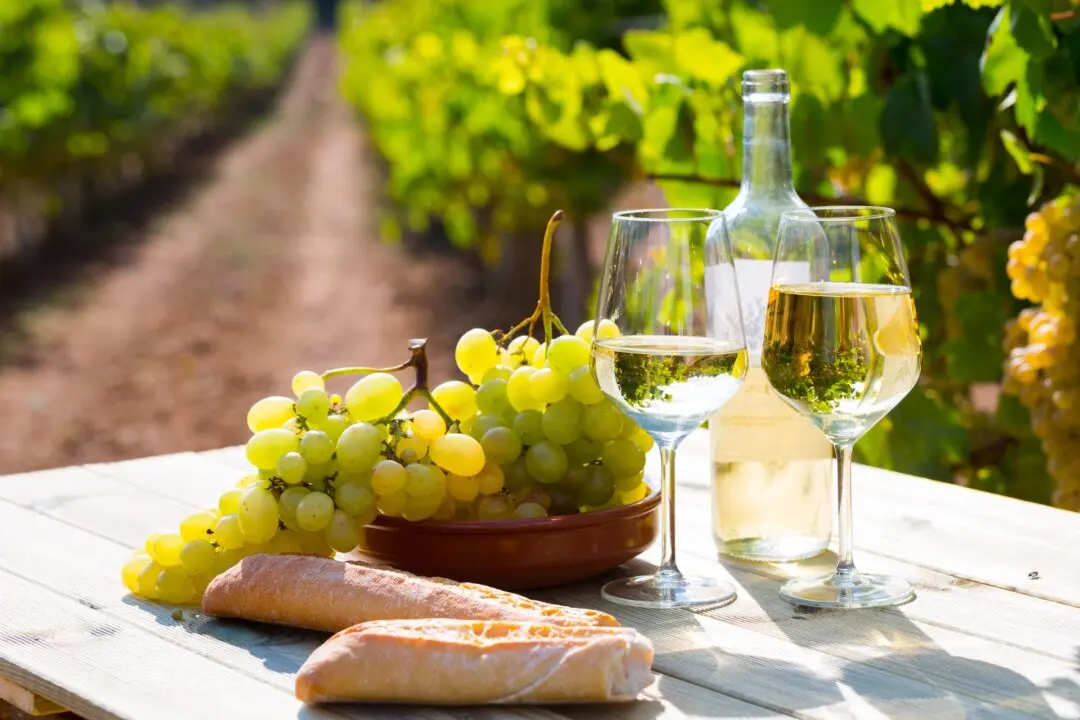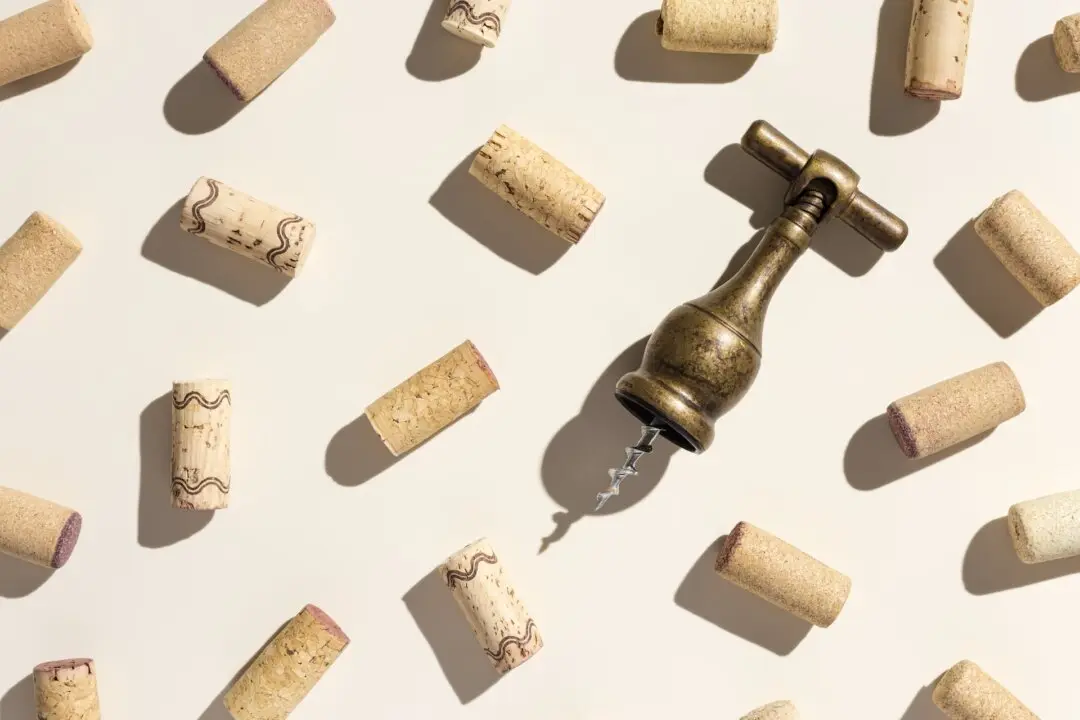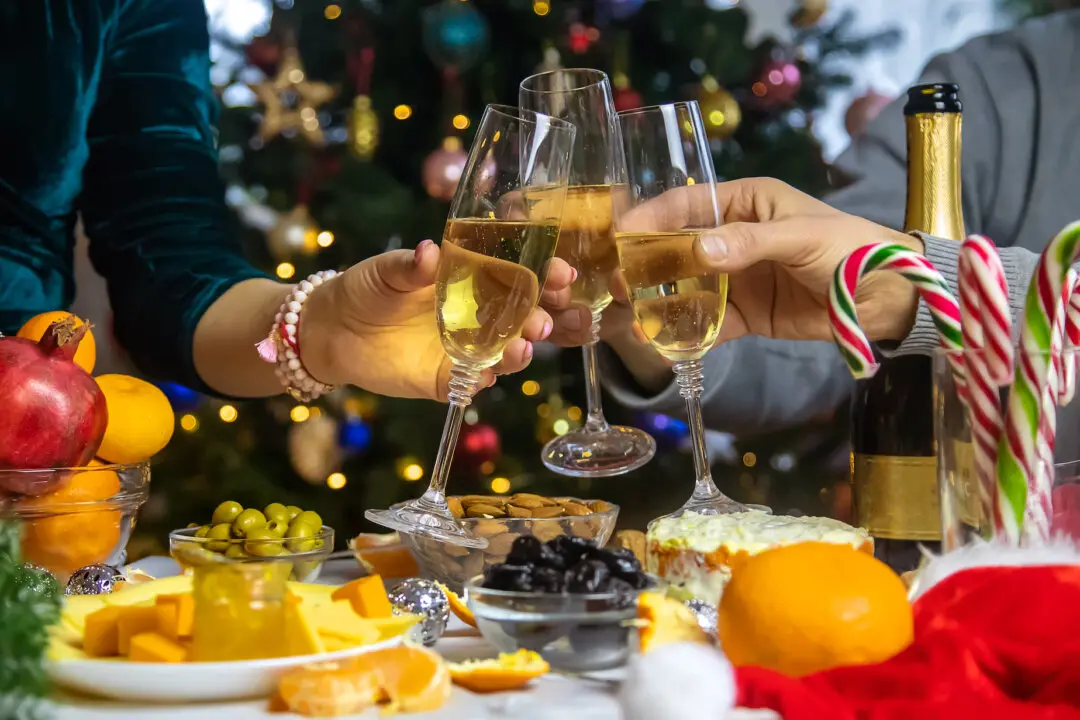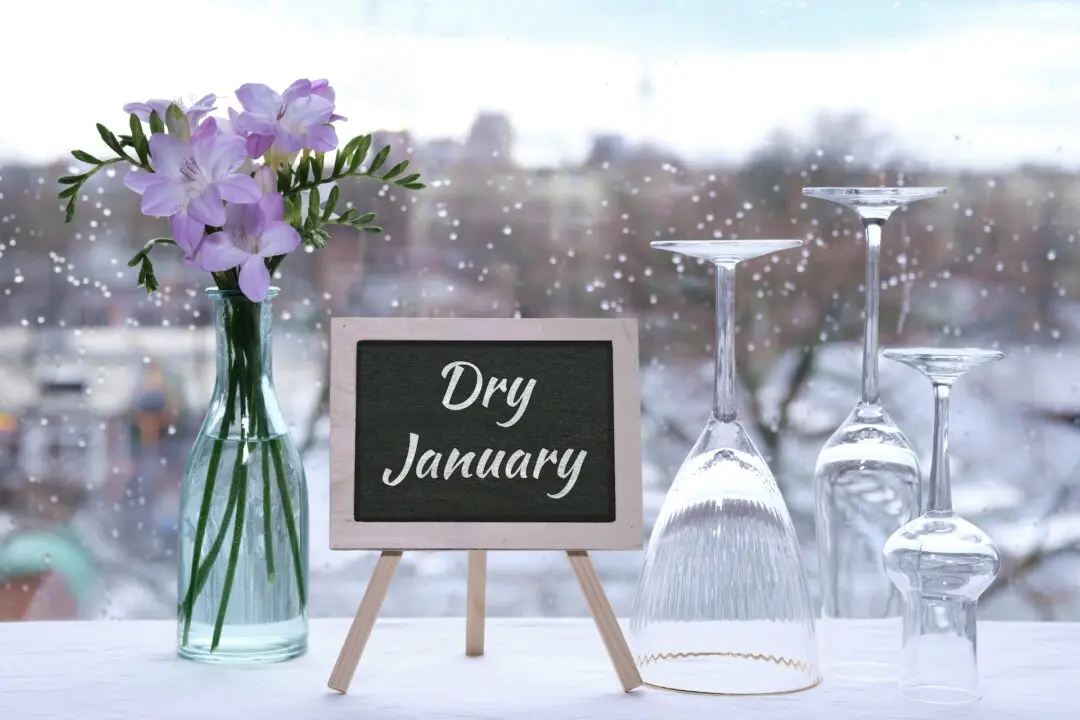A friend and winemaker once convinced me that certain kinds of wines taste better with certain kinds of music, and that the wrong pairing makes for discord.
I thought of that years ago when I attended a small dinner for lovers of Chablis. I refer to that utterly sublime white wine from the French district called Chablis (shah-BLEE) and thus the word should be capitalized.





